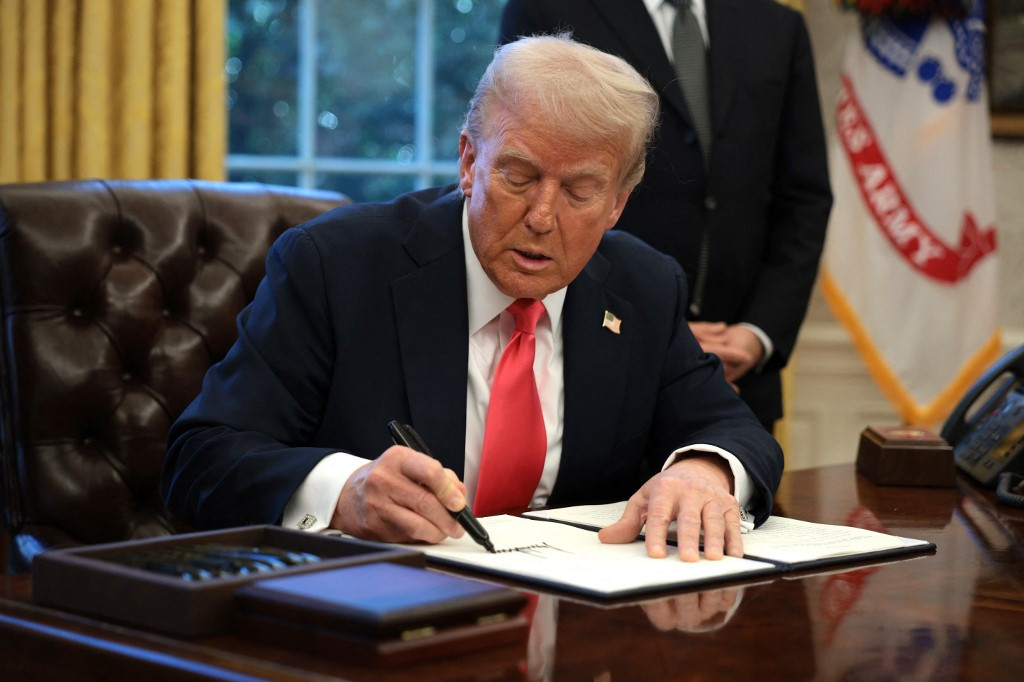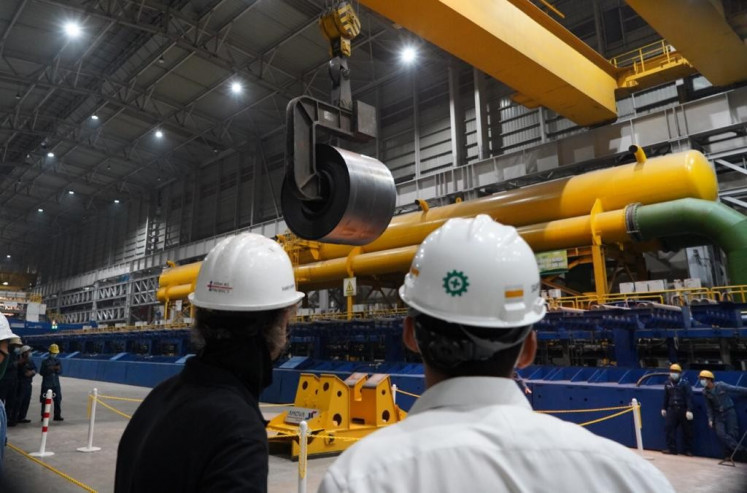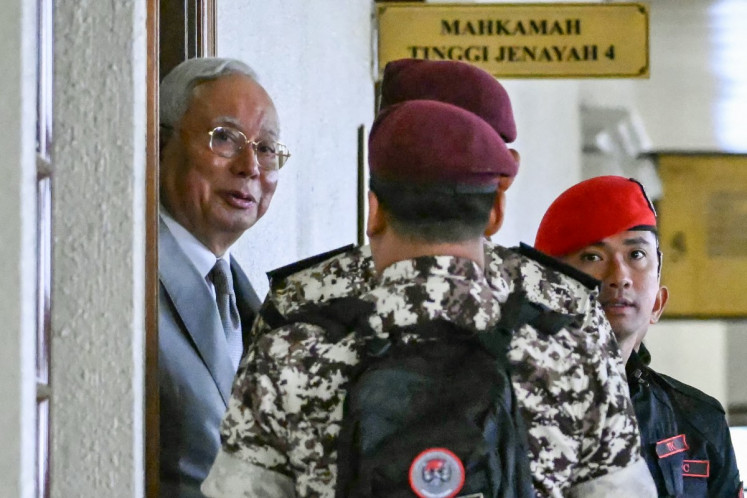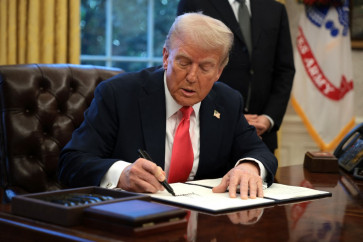Popular Reads
Top Results
Can't find what you're looking for?
View all search resultsPopular Reads
Top Results
Can't find what you're looking for?
View all search resultsHow much ‘weaponization’ can the global economy take?
Over time, weaponized interdependencies will splinter global trade into rival blocs, undermining the ties that drove unprecedented prosperity gains for billions of people in recent decades.
Change text size
Gift Premium Articles
to Anyone
I
n January, United States President Donald Trump signed an executive order to end the “weaponization” of federal law enforcement, alleging that the previous administration had exploited the interlinkages between law enforcement and intelligence to target political opponents.
While critics dismissed the order as theatrics, loyalists applauded what they saw as a bold stand against partisan excess. Yet beneath this spectacle de jure looms a much larger story, involving energy pipelines, shipping routes, global trade and financial flows.
Students of international affairs have long examined how asymmetrical economic relationships can be used to gain strategic advantages. A seminal twentieth-century contribution was Albert O. Hirschman’s 1945 National Power and the Structure of Foreign Trade, which demonstrated that dominant powers in unbalanced trade relationships can leverage their position to extract political concessions from weaker partners.
Similarly, in the 1980s, David A. Baldwin’s Economic Statecraft catalogued many different forms of economic leverage, arguing that sanctions, aid and trade incentives can serve the same coercive functions as military power.
In the following decade, an influential article by Edward Luttwak argued that, after the Cold War, economic competition had supplanted military conflict as the prime arena for great-power rivalry. For a long time, many had assumed that economic interdependence naturally lends itself to peace. But by the early 2000s, this idea had begun to face fresh scrutiny, with critics arguing that such “liberal illusions” masked the friction arising from economic power imbalances.
Through it all, policy reflected theory. During the Cold War, as Alan P. Dobson observed, the United States substituted “economic warfare” for direct military engagement by leveraging trade embargoes, technology restrictions and monetary policies.
As Susan Strange’s seminal theory of structural power showed, a state’s ability to shape the underlying systems of international finance, production or technology allows it to set the terms of engagement for everyone else, reducing the need for direct coercion.



















